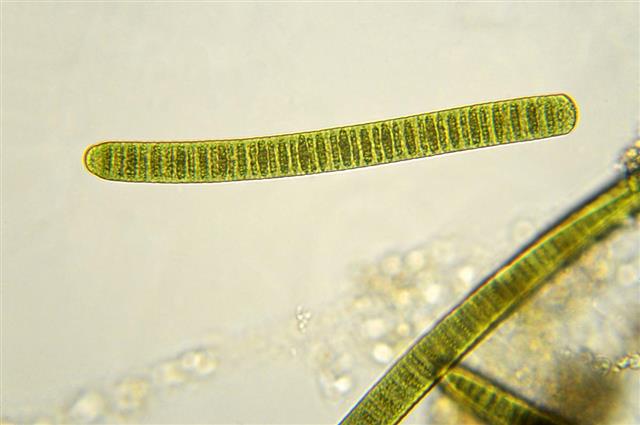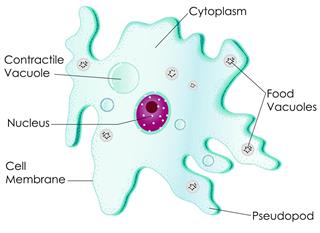
Unicellular organisms refer to living entities that have only one cell, and the cell is responsible for performing all the functions. Some examples are amoeba, paramecium, bacteria, and cyanobacteria.
The diversity of organisms in terms of cellular structures is so vast that it is very difficult to understand all of them. While some perform all the functions of a living entity within a single cell, others possess a few thousands to millions of cells. Can you believe the human body comprises somewhere around 50 – 75 trillion cells? This is really astonishing, if you made a comparison with those of unicellular organisms that bear a single cell. With this brief introduction in cellular organization, let’s take a look at the definition of unicellular organism, its functioning, and common examples.
Unicellular Organism Definition
In biology, the term ‘unicellular organisms’ itself defines what type of living entities they are. They are single-celled organisms, wherein the functions like feeding, locomotion, expelling wastes, reproduction, etc. are carried out by the single cell. In most cases, they are minute and require microscopes for viewing. In contrary to this, organisms consisting of more than one cell are known as multicellular organisms. All plants and animals which are viable with naked eyes are examples of multicellular types.
Based on the complexity of the cell, organisms with a single cell are classified into two types, namely, prokaryote and eukaryote. The former has a simple cellular structure, when compared to the latter type. Also, the prokaryotic unicellular organism (e.g. bacteria) is devoid of cell nucleus; whereas the eukaryotic unicellular organism possesses nucleus in the cell. Speaking about the functioning of these organisms, they acquire specific methods to move from one place to another, assimilate nutrients, grow, and multiply their population.
Unicellular Organism Examples
Majority of the microbes (excluding virus) are unicellular in organization. According to the theory of evolution, unicellular organisms were the first to evolve on Earth. Their origin dates back to 3.8 billion years ago. Each of them possesses some characteristic features, which help in adaptation to a wide range of environmental conditions. You can find these single-celled organisms in every habitat, even in the least hospitable conditions.
Amoeba
Amoeba is also a unicellular, eukaryotic protozoan, which is found in almost all freshwater habitats. Well-known for its unique mode of locomotion, it does not have a particular shape. In fact, its cell shape depends upon the prevailing condition. Whenever required, an amoeba extends false feet (pseudopodia), and uses it for phagocytosis and locomotion.
Paramecium
A slipper-shaped eukaryotic protozoan, paramecium consists of a single cell. Its body is lined by minute hair like cilia, which help in locomotion and feeding. Paramecium reproduction is studied in detail, so as to understand the multiplication rate. Under favorable conditions, it reproduces by asexual method, while in stress, reproduction takes place sexually.
Bacteria
All of us have a brief idea about bacteria. Right from the formation of yogurt to causing infectious diseases, bacteria are present anywhere in the environment. They are minute and have different shapes (rod, spherical, spiral, etc.). Some of the bacterial strains are adapted in harsh conditions such as deep inside the earth’s crust and hot springs. They play a crucial role in recycling of nutrients.
Cyanobacteria
Also known as blue-green algae (BGA), cyanobacteria is a unicellular organism. It possesses the characteristics of both bacteria and algae, hence the name. Cyanobacteria resembles algae as both undergo photosynthesis for food production. While the prokaryotic nature of BGA makes it similar to bacteria.
Besides these, examples include diatoms, euglena, chlorella, and chlamydomonas. In order to get an idea on how do these organisms look like, you can study the microorganisms in pond water. For this biological experiment, collect a freshwater sample from a garden pond in a small bottle. Using an eye drop, put a small drop of the water sample on a slide, gently place cover slip over it, and observe under the microscope. You will find minute organisms moving randomly, most of which are organisms having a single cell.



